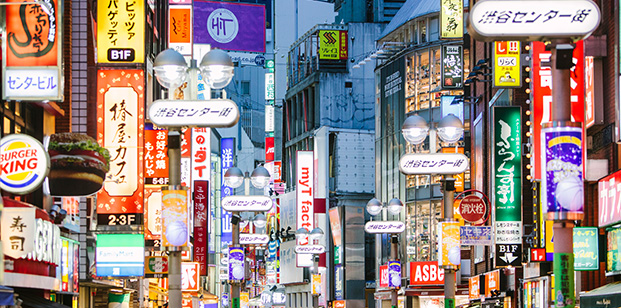June 2018
Escalating trade wars between the US and some of the world’s largest economies have raised fears that new trade tariffs could undermine the economies of major exporting nations in Asia. Disappointing economic data have stoked worries about Japan’s economic outlook; nevertheless, investors were cheered in June by encouraging labour market data.
- South Korean exports fell during June
- The RBA left its interest rate unchanged for the 22nd time
- Australia’s economy grew by 3.1% YoY in Q1
To view the series of market updates through June, click here
Escalating trade wars between the US and some of the world’s largest economies have raised fears that new trade tariffs could undermine the economies of major exporting nations in Asia. South Korea’s exports posted a marginal decline during June, falling at an annualised rate of 0.1%. Imports rose by 10.7%, posting their 20th consecutive monthly rise. The news disappointed investors and reduced the central bank’s scope to consider an increase in interest rates. Because China is the largest single destination for South Korea’s goods, the intensification of trade tensions between the US and China have triggered concerns over the outlook for South Korean exporters. The Kospi Index fell by 4% during June.
“New trade tariffs could undermine the economies of major exporting nations”
Disappointing economic data have stoked worries about Japan’s economic outlook. The country’s economy shrank by 0.6% year on year during the first three months of 2018. Nevertheless, investors were cheered during June by encouraging data from Japan’s labour market, which has continued to tighten. The country’s rate of unemployment fell to 2.2% in May. Meanwhile, the jobs-to-applicants ratio continued to rise, climbing from 1.59 in April to 1.60. Japan’s annualised core rate of inflation remained at 0.7% in May. The Nikkei 225 Index rose by 0.5% while the Topix Index fell by 0.9%. Medium-sized companies – represented by the TSE Second Section Index – posted a monthly increase of 1.3%.
Policymakers at the Reserve Bank of Australia (RBA) maintained the key interest rate at 1.5% for the 22nd time. Central bank officials last changed the interest rate in August 2016. The RBA cited its record-low interest rate as a continuing support for the country’s economy, stating: “Holding the stance of monetary policy unchanged … would be consistent with sustainable growth in the economy and achieving the inflation target over time”. Policymakers anticipate further progress in strengthening the labour market and wage growth, and returning inflation to its target of 2-3%, before considering tighter monetary policy. Australia’s rate of consumer price inflation rose at an annualised rate of 1.9% during the first quarter of 2018. Looking ahead, the RBA expects inflation to rise to “a bit above 2% in 2018”.
Australia’s economy posted annualized growth of 3.1% during the first quarter compared with 2017’s rate of 2.4%. Growth was underpinned by a strong contribution from exports of mining commodities. The ASX All Ordinaries Index rose by 2.7%.
A version of this and other market briefings are available to use in our newsletter builder feature. Click here















